Fig. 1: Header image. Credits: Illustration by Punya Mishra. License CC-BY-NC.
The scientific method is a myth.
In more ways than one.
Typically in school you are taught that the scientific method consists of making observations, developing hypotheses, testing them by collecting data and then accepting, rejecting or modifying the hypotheses. Through this process we develop new laws and theories to understand and explain the world.
We all understand that this is a simplistic description—one that misses the human side of science, the messiness of actual practice, and the unique grounded practices of different scientific disciplines.
I argue that there is another fundamental aspect of doing science that these criticisms miss—and that is the rhetorical nature of science. In other words, it is realizing that at the heart of the scientific method is the process of convincing others of the rightness of our point of view. That is one of the key reasons why we jump through the hoops of double-blind experimental design; why we develop better tools to measure phenomena and so on… essentially to protect our ideas from criticism from others.
This is the heart of blind peer review so that our arguments can be poked and prodded by others and through that we develop more convincing theories and understanding.
This aspect of the scientific method does not receive enough attention in the science classroom.
Our new article addresses how this idea of peer review can be brought into the classroom. This article was published in iWonder: Rediscovering School Science, a journal for middle school science teachers published by the Azim Premji University. This article is part of a series I have been (co)writing over the past few years.
Previous articles in this series can be found here, the latest issue can be found here or just our article is linked to below.
Close, K., Bowers, N., Mehta, R., Mishra, P., & J. Bryan Henderson. Students as teachers: How science teachers can collaborate with their students using peer instruction. iWonder, (5). p. 24-28.
Abstract: This article explores peer instruction in the science classroom. The authors use research in science education to illustrate, practically, how teachers can work with their students to increase learning using peer instruction.
A new challenge I took up in this series was creating the illustrations that go with the articles. I have become increasingly aware of my limitations as an artist but it has been great fun. A heartfelt thanks to Chitra Ravi and Ramgopal Vallath editors of iWonder for giving me/us this opportunity. One of the illustrations I created for this article is at the top of the page and the rest are given below.
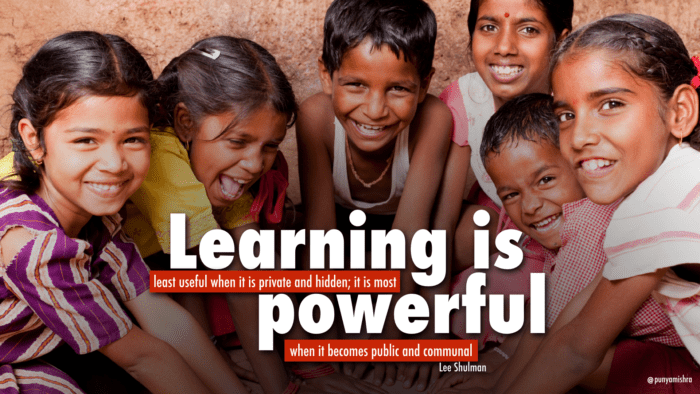 Fig 2. Learning is least useful when it is private and hidden, it is most powerful when it becomes public and communal (Lee Shulman). Illustration by Punya Mishra. License CC-BY-NC.
Fig 2. Learning is least useful when it is private and hidden, it is most powerful when it becomes public and communal (Lee Shulman). Illustration by Punya Mishra. License CC-BY-NC.
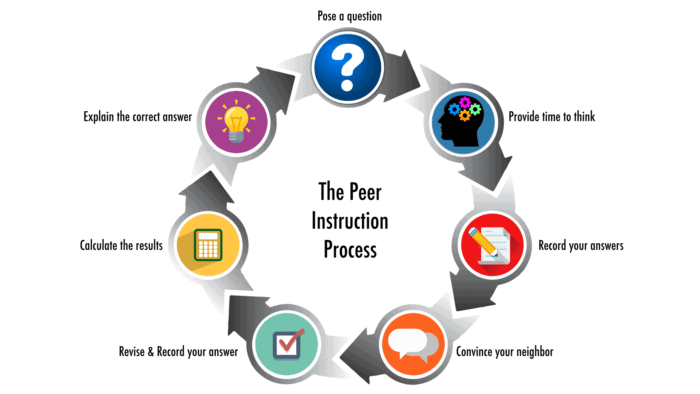 Fig 3. A diagram of the 7 steps in the peer-instruction process. Illustration by Punya Mishra. License CC-BY-NC.
Fig 3. A diagram of the 7 steps in the peer-instruction process. Illustration by Punya Mishra. License CC-BY-NC.
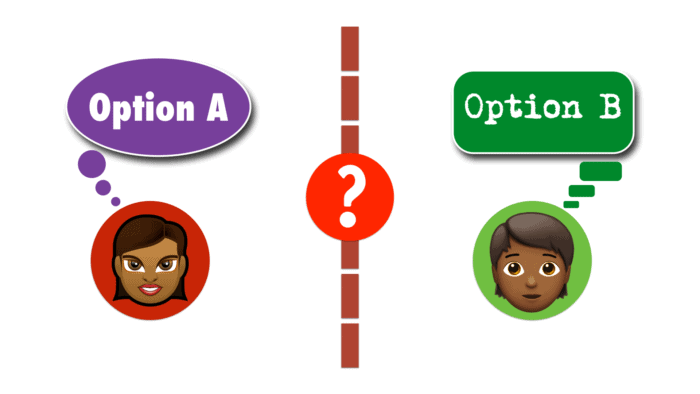 Fig. 4 (a): Students when faced with a problem work in isolation with little knowledge of each other’s understanding. Illustration by Punya Mishra. License CC-BY-NC.
Fig. 4 (a): Students when faced with a problem work in isolation with little knowledge of each other’s understanding. Illustration by Punya Mishra. License CC-BY-NC.
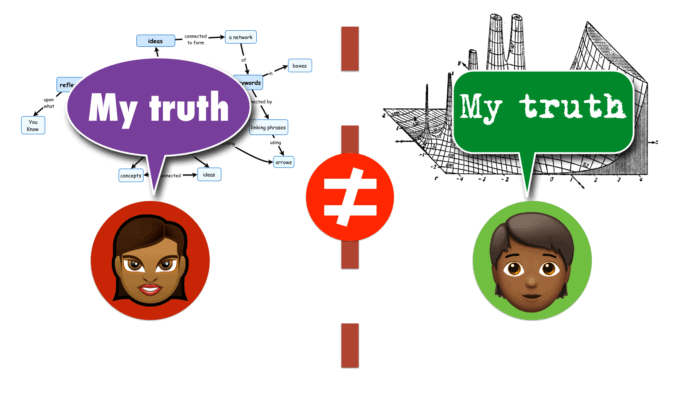 Fig. 4 (b): By sharing each other’s solutions students realize that their perspectives, frameworks, and understanding differ from each other. Illustration by Punya Mishra. License CC-BY-NC.
Fig. 4 (b): By sharing each other’s solutions students realize that their perspectives, frameworks, and understanding differ from each other. Illustration by Punya Mishra. License CC-BY-NC.
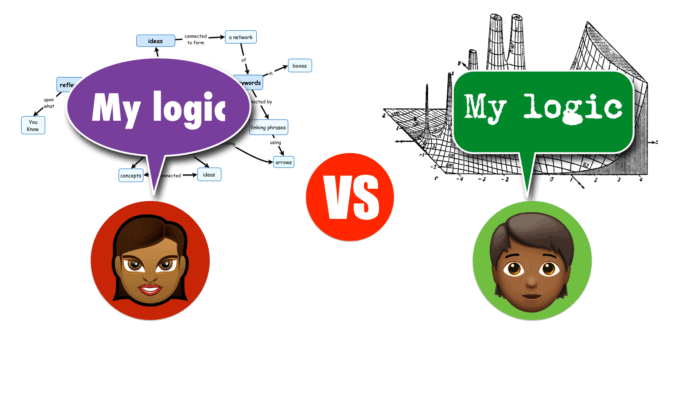 Fig. 4 (c): In attempting to convince each other of the correctness of their solution, students have to explain their logic and perspective on attacking the problem at hand. Illustration by Punya Mishra. License CC-BY-NC.
Fig. 4 (c): In attempting to convince each other of the correctness of their solution, students have to explain their logic and perspective on attacking the problem at hand. Illustration by Punya Mishra. License CC-BY-NC.
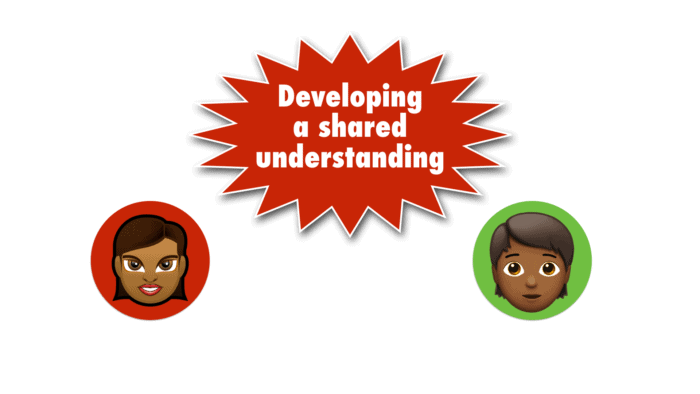 Fig. 4 (d): Through explaining their logic the students have a higher probability of developing a correct shared understanding of the problem. Illustration by Punya Mishra. License CC-BY-NC.
Fig. 4 (d): Through explaining their logic the students have a higher probability of developing a correct shared understanding of the problem. Illustration by Punya Mishra. License CC-BY-NC.

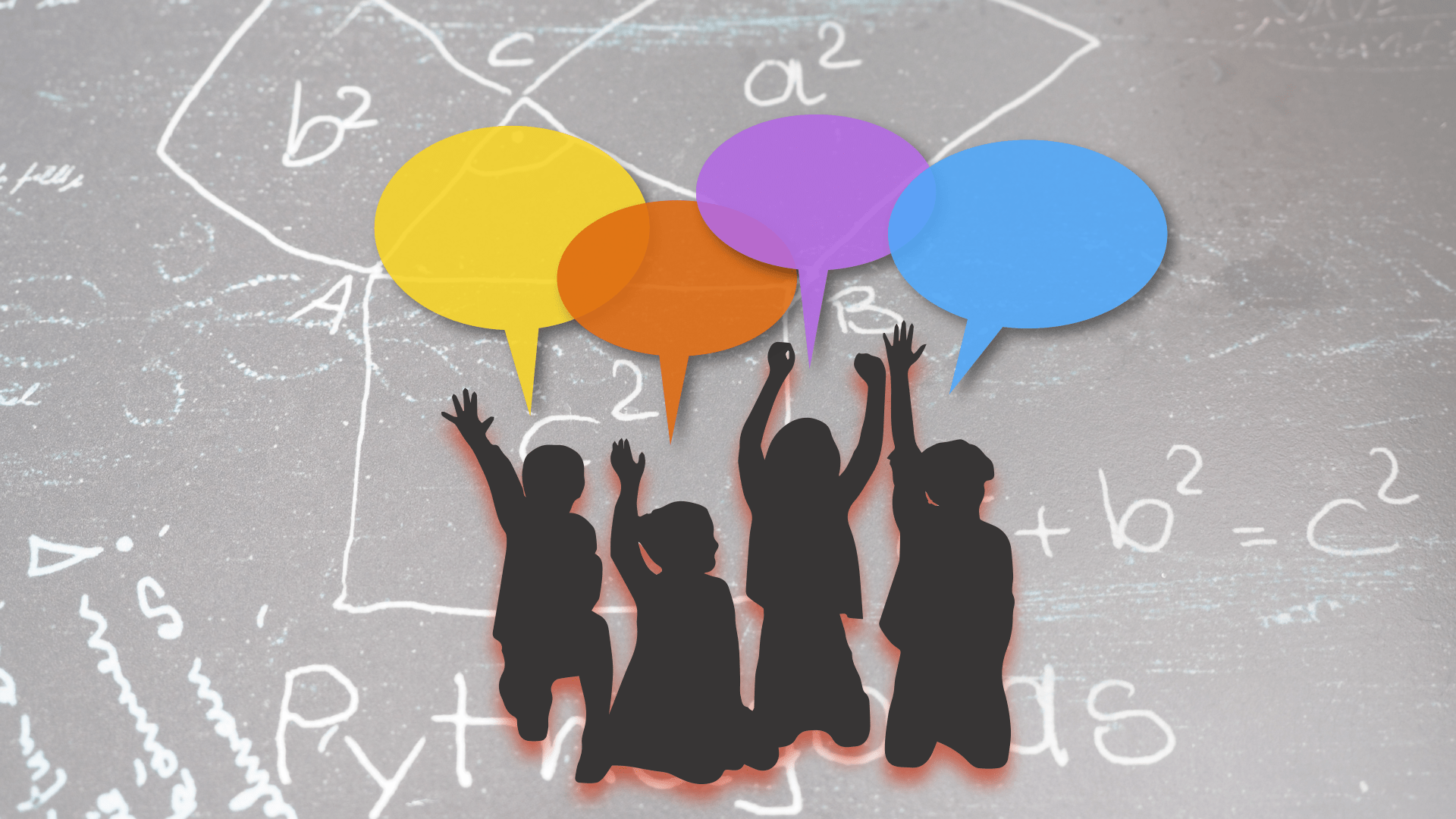
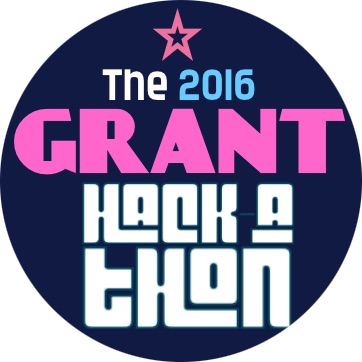

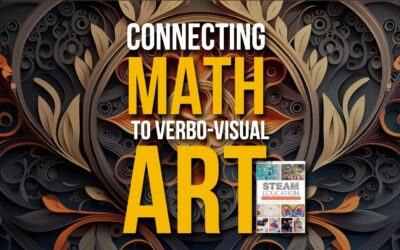
0 Comments